Traditional methods employed by auto thieves, such as forcing the ignition lock, or “hotwiring” the car won’t work on a Nissan with NATS/NVIS.
What is NATS / NVIS?
The Nissan Anti-Theft System (NATS) or Nissan Vehicle Immobilizer System (NVIS) is an integrated anti-theft system that prevents the engine from starting unless a registered key is used. Because the NATS logic built into the ECM, it’s virtually impossible to bypass. Traditional methods employed by auto thieves, such as forcing the ignition lock, or “hotwiring” the car won’t work on a Nissan with NATS/NVIS.
Which cars have NATS?
All vehicles built for sale in the U.S. must be equipped with an immobilizer system by model year 2007. However, several Nissan models have been equipped with the NATS immobilizer system since 1998.
Do independent shops have access to immobilizer information and equipment?
Nissan North America supports the National Automotive Service Task Force (NASTF) in its effort to ensure the availability of OE level information and tooling to independent automotive service professionals. Any independent shop can purchase the same information, training, and equipment used by Nissan dealerships. If you become a registered Vehicle Security Professional (VSP), Nissan will also provide access to immobilizer information, equipment, and reset codes.
Why independent shops should want to work on immobilizer systems
Many independent shops don’t recode lock cylinders or copy keys. If this is the policy at your shop, you may wonder why you’d want to put out the effort to become knowledgeable, licensed, and equipped to work with vehicle security, especially now that it is more complex than ever before.
The answer is this: If you want to remain fully “independent”, that is self-sufficient, and able to properly repair cars without assistance, you’ll need to become fully equipped, licensed and trained, just like the Nissan dealerships.
It’s possible to work with Nissan and Infiniti dealerships to fill gaps in equipment and system specific knowledge. In fact, you may be very surprised how helpful a dealership can be to a loyal parts-purchasing customer. However, as electronic systems on modern cars become increasingly interdependent, you may find the list of operations you can perform without being fully invested dwindling. For instance, operations like replacing an ECM or BCM require NATS access.
What do you need to work on NATS systems
The first step is to become a Security Professional and obtain a Locksmith ID (LSID) number through the AOLA (Associated Locksmiths of America). If your state requires a locksmith license, you’ll need to become licensed in your state first, then apply to become a Security Professional. There will be a fair bit of paperwork, fingerprinting, notarizing, and you’ll need to carry additional insurance.
Here is a brief summary of the steps. Check the ALOA website for complete instructions.
- Visit
www.aloa.org/NASTFSDRMDocs/and read all of the material carefully. - If your state requires a locksmith license, you’ll need to apply for and receive the license before sending the LSID Registry Application. Try a Google search for state name, locksmith & license, and you should find the information you need.
- Purchase the required insurance.
- Fill out the LSID Registry Application and User Agreement and provide the documentation requested.
Once you’re licensed, you’ll need to purchase equipment. At a minimum you’ll need a Nissan scan tool to do diagnosis and repair of NATS and related systems. Nissan does not provide NATS support for J2534-1 tools. Only Nissan scan tools work with NATS.
If you also want to create and copy keys, you’ll need a key machine that supports code cutting and duplication.
Consult II
For vehicles up to model year 2006, the Consult II will allow you to register keys. The Consult II is an excellent scan tool. However, the more powerful Consult III now supports some Nissan vehicles as early as 1995, and will also allow you to register keys.
The Consult II requires an NATS card to access immobilizer functions. The Consult II is an excellent scan tool. However, the more powerful Consult III now supports some Nissan vehicles as early as 1995, and will also allow you to register keys.
Consult III
For vehicles 2006 and newer, you’ll need a Consult III. The Consult III also needs an NATS card to access immobilizer functions, so you’ll need to inform TechMate you are a Security Professional and provide your LSID number when ordering.
You may find the Consult III a bit daunting at first. It’s a very powerful scan tool, but not the most intuitive. However, it has the best electronic manual you could ask for. Most operations are explained in an easy-to-understand, systematic format. The electronic manual included with the tool is the first place to look for instructions for NATS, or any other Consult III function. (Note: The NATS manual is only accessible if the NATS card is installed)
Code cutting and duplicating keys
Nissan recommends the Kaba Ilco key cutting machine for cutting Nissan and Infiniti keys. These machines can be purchased through TechMate www.nissantechmate.com, or directly from Kaba Ilco at www.kaba-ilco.com.
Code cutting machines will allow you to copy existing keys, or cut a fresh key based on a key code obtained from www.nissan-techinfo.com or www.infiniti-techinfo.com.
System Types
There are four different types of access systems with NATS/NVIS:
- Type 4 uses a mechanical key with an RFID chip embedded in the head.
- Type 3 uses an Intelligent Key and a twist knob power mode selector that has the familiar feel of a mechanical key in an ignition lock cylinder. This system allows for passive entry and starting.
- Type 2 uses an Intelligent Key and a push button power mode selector. This system, found on the Infiniti M35 and M45, will passively adjust vehicle preferences, such as seat position, to individual drivers, in addition to passive entry and starting.
- Type 1 uses an Intelligent Key and a push button power mode selector. This system allows for passive entry and starting.
Key Types
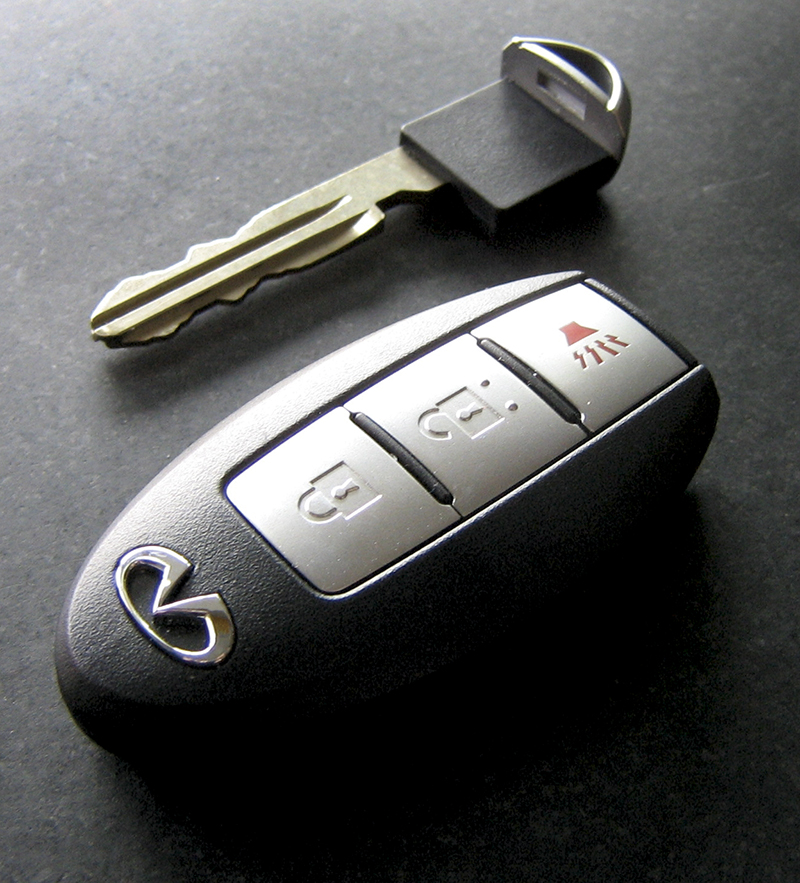
The electronic Intellegent Key also contains an emergency mechanical-style key to be used in the event of power failure.
There are currently two types of keys used with NATS systems: the traditional-looking mechanical key, and the futuristic Intelligent Key.
A NATS-equipped mechanical key can usually be identified by a small rectangle on the bottom of the key head. The key head contains a Radio Frequency Identification (RFID) transponder. Each RFID transponder chip has a unique value. The RFID number is checked by the immobilizer system during the start-up sequence, and is compared to registered numbers stored in the ECM. If the key is registered, the security light will go out and the car will start. If not, the security light will blink and the car won’t start.
An Intelligent Key looks like an alarm remote, with lock, unlock, trunk, and panic buttons. The Intelligent Key also contains an emergency key insert that can be used to open the car in case the I-Key battery or vehicle battery goes dead.
Intelligent Keys are similar to the mechanical keys in that they also have and RFID chips with unique values. However, they also have additional capabilities, such as passive entry and starting. This means a driver will be able to unlock and start the car without removing the key from his pocket.

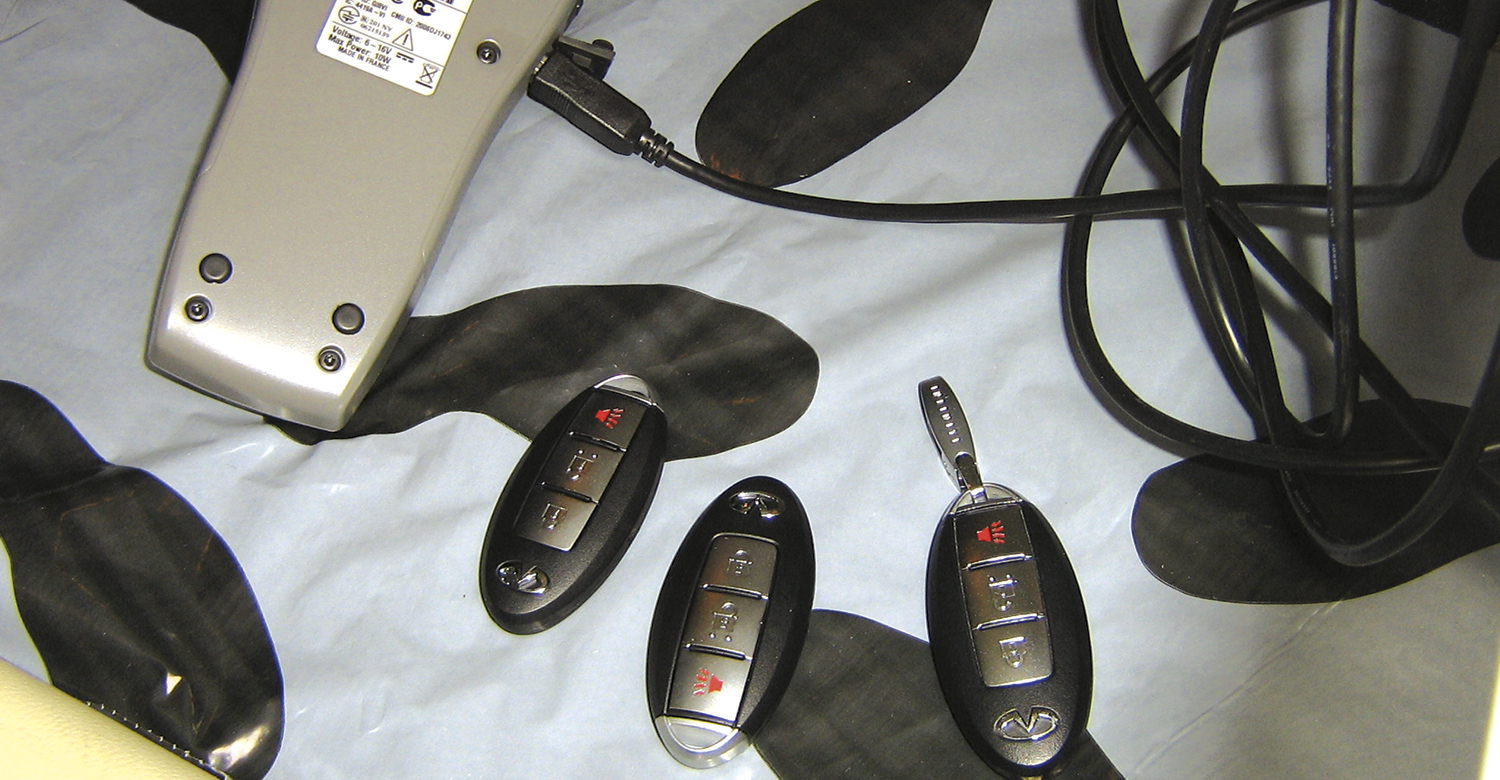
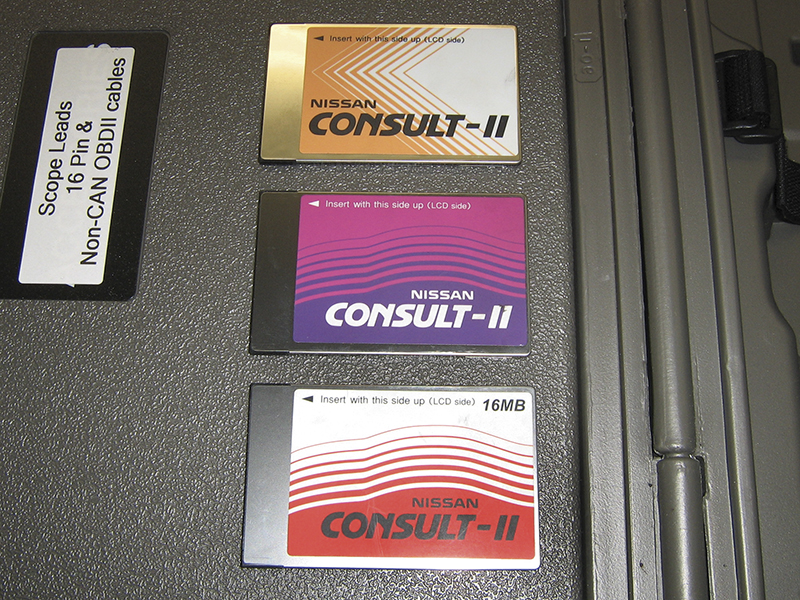
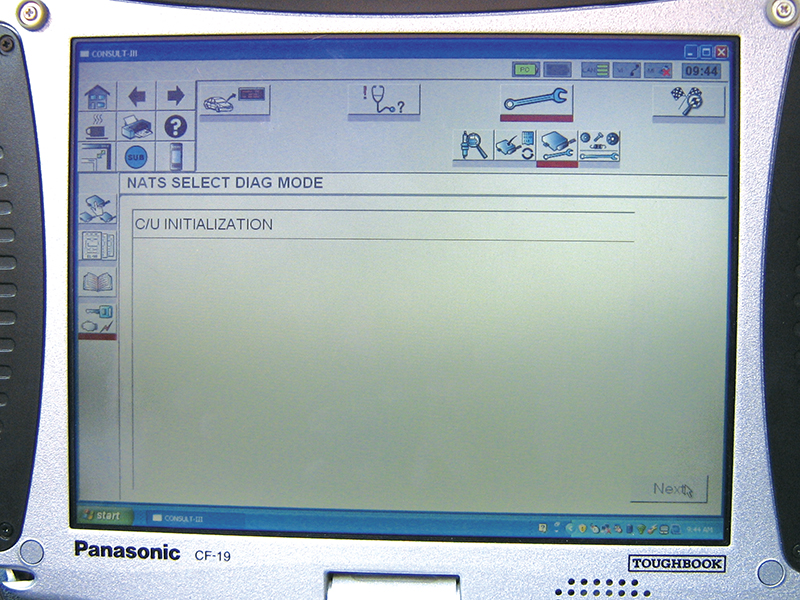
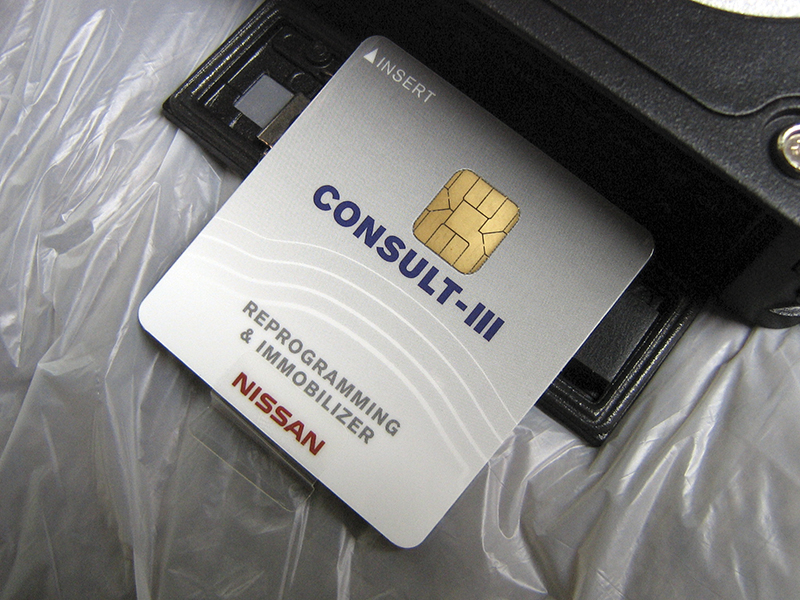
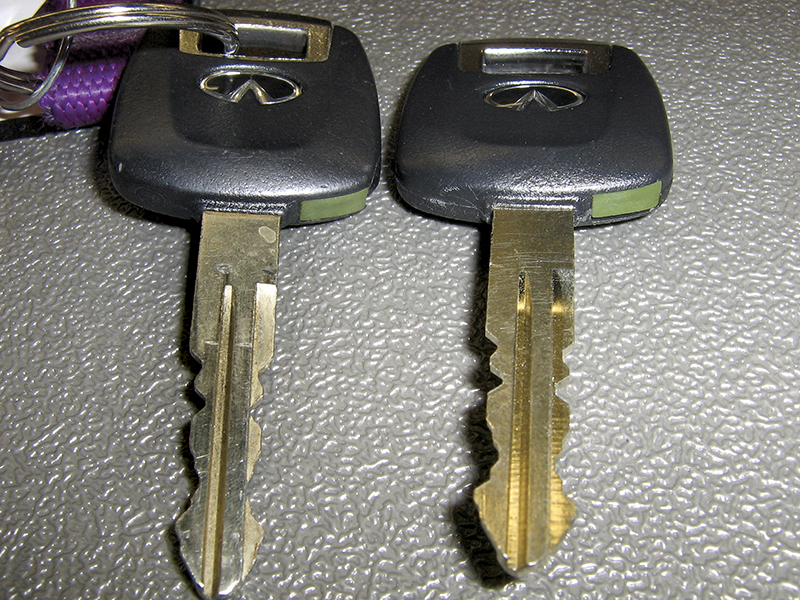




0 Comments